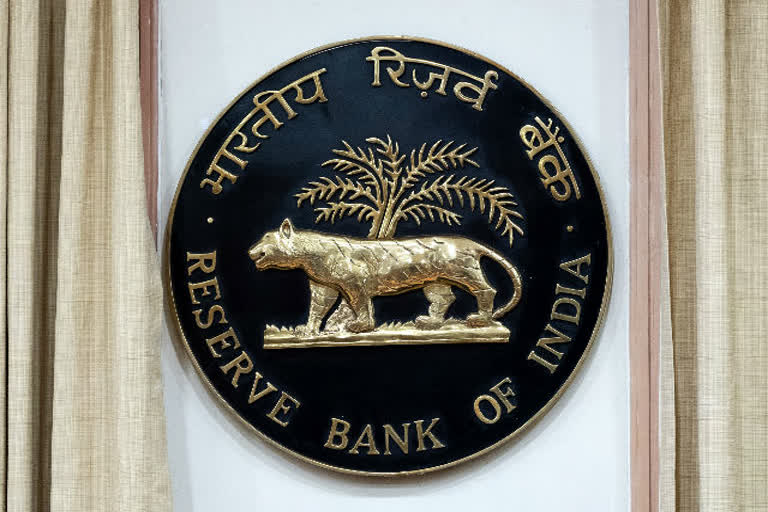Mumbai: The Reserve Bank's contingency fund, useful in fighting any exigency, has plunged to Rs 1.96 lakh crore as of June 30, after the Rs 52,000 crore excess payout to the government, says the central bank's annual report for FY19.
The RBI board has decided to transfer the excess reserves to government based on the Bimal Jalan committee report on the appropriate economic capital framework.
In the annual report, the central bank makes it clear that as of June 30, 2019 it "stands as a central bank with one of the highest levels of financial resilience globally."
After the payout to the government, "the balance in the contingency fund as of June 30, 2019, was Rs 1,96,344 crore compared to Rs 2,32,108 crore as of June 30, 2018," the annual report said.
It can be noted that the excess capital amount of Rs 52,000 crore had undershot market expectations of over Rs 1 lakh crore, and had been arrived at after arriving at a level for the reserves.
As per the committee, the surplus distribution policy targets having the capital reserves buffer in the range of 5.5-6.5 per cent of the entire balance sheet.
According to people in the know, the committee had deliberated a lot before arriving at the level, and the 5.5 per cent level will be sufficient to take care in the event of the 10 top banks going down and yet allow the RBI to play the role of the lender of last resort.
Read more:'Government adopting interventionist approach to revive growth'
Apart from the Rs 52,000 crore, the RBI had also paid a surplus from its profit worth Rs 1,23,000 crore to the government, which is virtually double the size of the average of recent payouts.
Sources had on Wednesday explained that the higher amount was due to the gains of Rs 56,000 crore from the massive open market operations, Rs 21,000 crore from the changes in accounting norms of its forex operations, while there was also an advantage of zero provisions, which helped.
The annual report published Thursday says the RBI computed exchange gains/losses using weighted average cost method resulting in an impact of Rs 21,464 crore.
It also said income from domestic sources increased 132.07 per cent to Rs 1,18,078 crore from Rs 50,880 crore in the previous fiscal.
It was mainly because of the coupon income following an increase in the portfolio of rupee securities, net income on interest under liquidity adjustment facility/marginal standing facility operations due to increase in net liquidity injection to the banking system and also write back of excess risk provision from the contingency fund.
A table on expenditure explained that the overall provisions plummeted more than 99.5 per cent to Rs 64 crore from a high Rs 14,190 crore in the year-ago period as the buffer has demarcated at a much lower but comfortable level.



